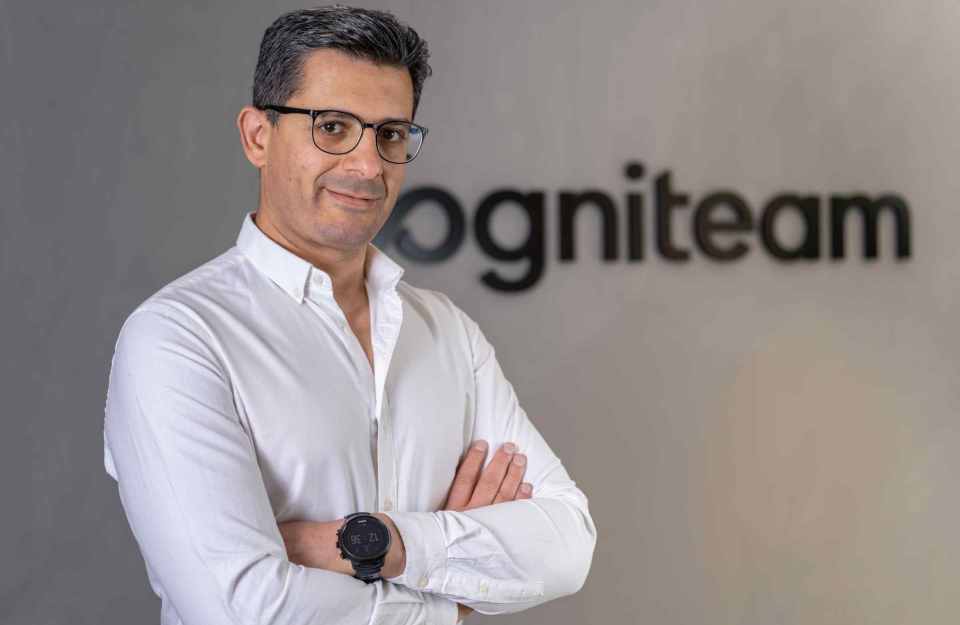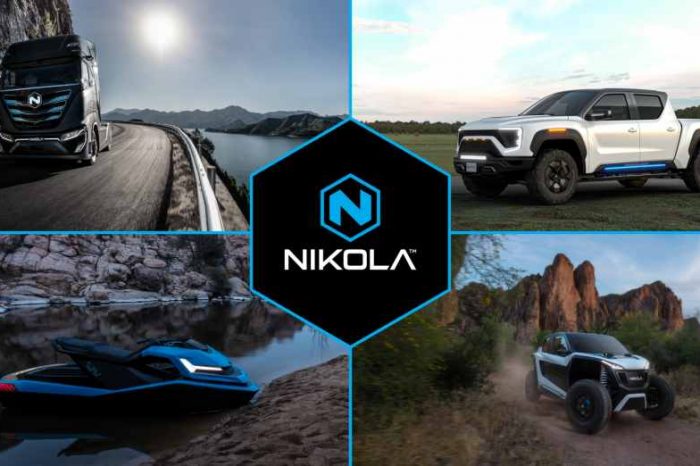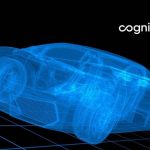Israeli robotics startup Cogniteam partners with AAEON to develop ready-to-build robotic hardware

Creating robots is hard and challenging. Most roboticists will tell you that it took years before the last robot they built or programmed was any good at performing a specific task. So to avoid reinventing the wheels, most robotic companies typically begin with the open-source Robotic Operating System (ROS).
However, it didn’t take long before these companies are bottlenecked by ROS limitations. The generic nature of open-source resources lacks the complex layers needed to tackle real-world robotic challenges. That’s where Cogniteam comes in, an Israeli robotics tech startup and a provider of software solutions for autonomous robots.
The company’s focus is on the area of autonomy control for robotics and interactive simulations. Cogniteam has been developing artificial intelligence for robots for over ten years. We first covered Cogniteam in 2021 after the startup unveiled its Nimbus operating system, a cloud-based drag-and-drop platform for robotics development that promises to cut time to market by 80% for new robotics programs.
Then in May, Cogniteam raised $5.6 million in Series A funding to enhance its low-code AI robotics platform Nimbus. Since then, the team Cogniteam has been pushing the boundaries and building new partnerships.
Today, Cogniteam announced it has teamed up with a leading designer and manufacturer of industrial IoT and Edge AI solutions AAEON to develop ready-to-build robotic hardware. The partnership will enable companies to quickly develop and deploy advanced GPS, light, and other sensors using field-tested software solutions.
In addition, companies who recognize a new market demand can immediately choose the AAEON system, device, or hardware that’s right for them and know that it’s fully supported with the Nimbus no-code integration.
Commenting on the partnership, Cogniteam co-founder and CEO Dr. Yehuda Elmaliah said: “Removing the burden of robotic integrations, AAEON has developed robotics hardware that is ready for the Nimbus drag and drop platform. “Developers can choose the quality AAEON hardware that’s right for them and significantly cut development time.”
Today, developing and deploying a robot is time and resource intensive. From the moment a decision is made to build the robot until it is actually deployed can often take years. By the time it is used for its initial purpose, the technology risks already being out of date.
In response, AAEON partnered with Cogniteam to develop hardware systems that come with various foundational capabilities- all of which are pre-integrated with Nimbus. Without this key advantage, operators lack cloud-connected capabilities, which allow for over-the-air updates, monitoring, insights, and operational insights.
Founded in 2007 by CEO Dr. Yehuda Elmaliah and Nachum Kaminka, Nimbus offers pre-developed drivers and software packages in a drag n’ drop environment, making it easy to incorporate advanced sensors and complicated features. It also integrates with the open-source Robotic Operating System (ROS) and other 3rd party resources.
Since its launch, Cogniteam’s Nimbus has improved integration and widespread adoption of ROS and NVIDIA Jetson software packages. Developers pick from a catalog of algorithms, AI, process control, spatial recognition, and more. The robot can then be tested in a simulated environment to understand how the robot will handle various scenarios before it ever leaves the production floor. “We are honored to have AAEON offer parts that are Nimbus enabled, allowing rapid uptime by syncing with a virtual environment,” said Dr. Yehuda Elmaliah, Co-founder and CEO of Cogniteam. “In a few clicks, developers benefit from a system that’s already familiar with AAEON’s hardware specifications and abilities. Developers can choose off-the-shelf parts and significantly cut development time.”
Moving the burden of integration from individual organizations to a centralized platform gives robot operators valuable analytics, fleet management capabilities, OTA updates, remote control features, and more. “This integration allows anyone to access today’s most advanced capabilities using pre-integrated AAEON components,” said Owen Wei, Marketing and BD Manager at AAEON. “Adding a cloud layer to a robot’s design keeps it up to date with continuous communication to the home base.”
Integration demands will only increase as edge devices begin carrying greater processing power and more advanced capabilities. Robots and components that are designed for cloud connectivity integrations benefit from a longer life, thanks to the ability for features to be added over time. Outfitting robots with tools for modern activities allows them to remain in the field longer without the risk of becoming obsolete.

Cogniteam co-founder and CEO Dr. Yehuda Elmaliah




